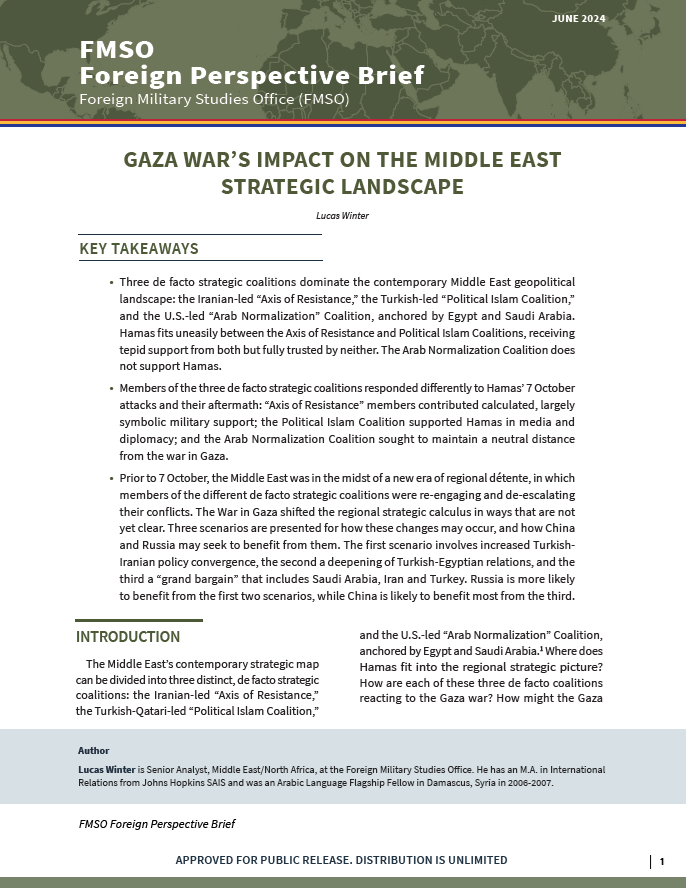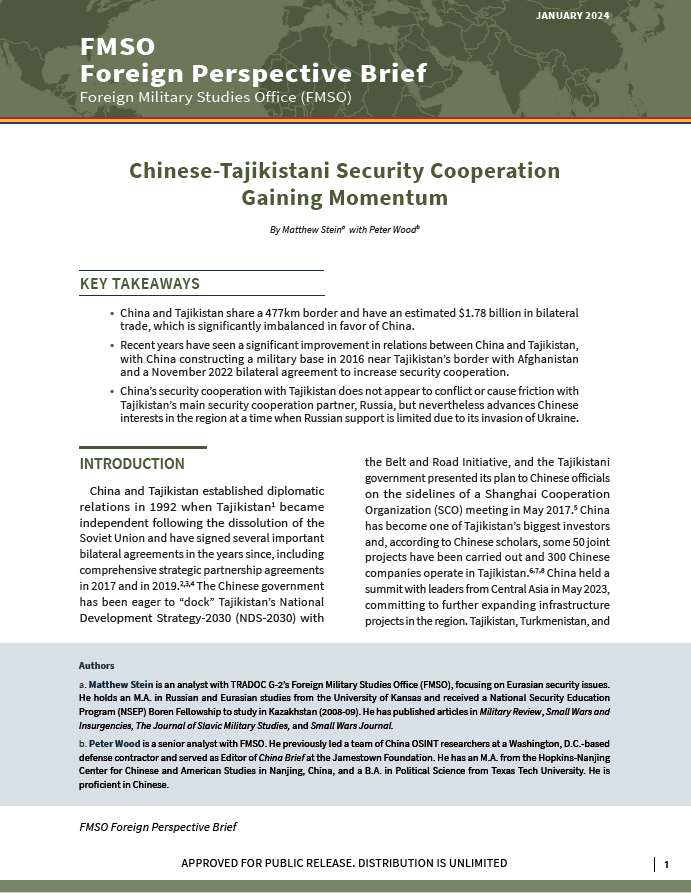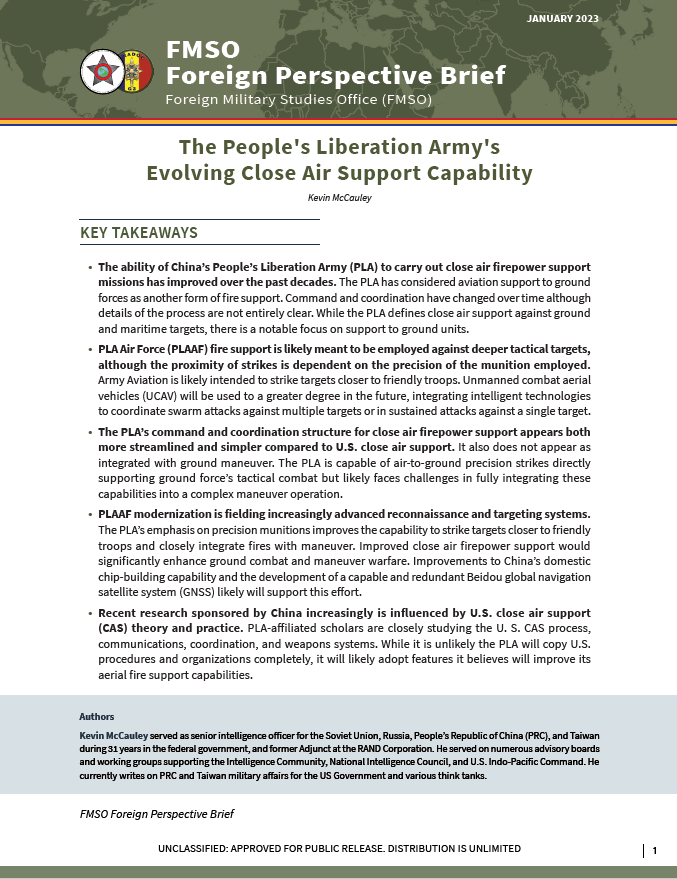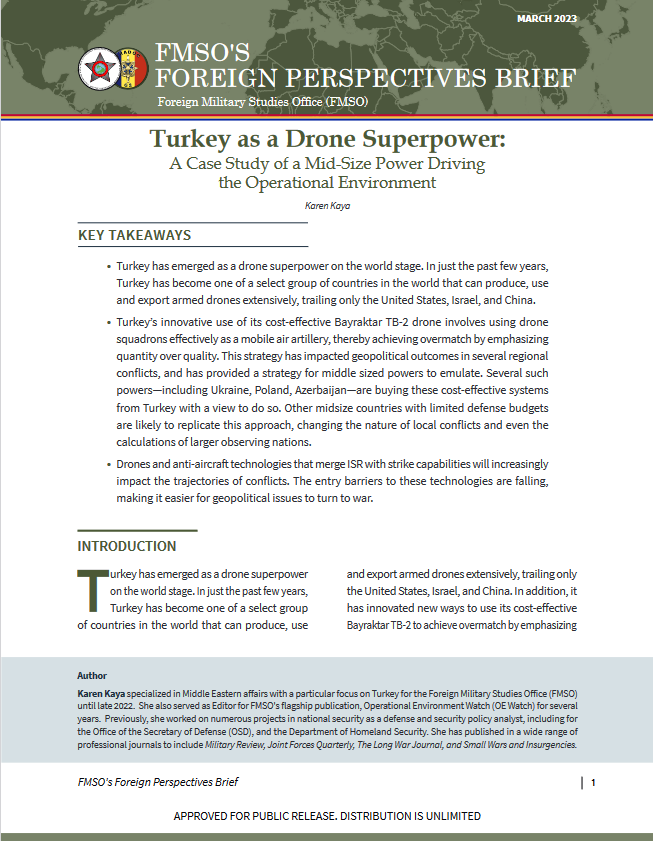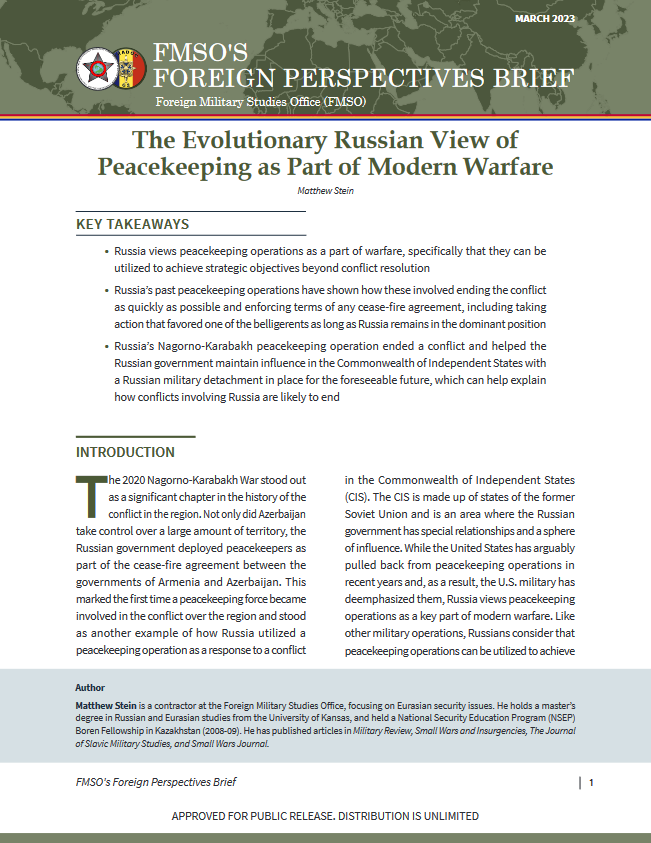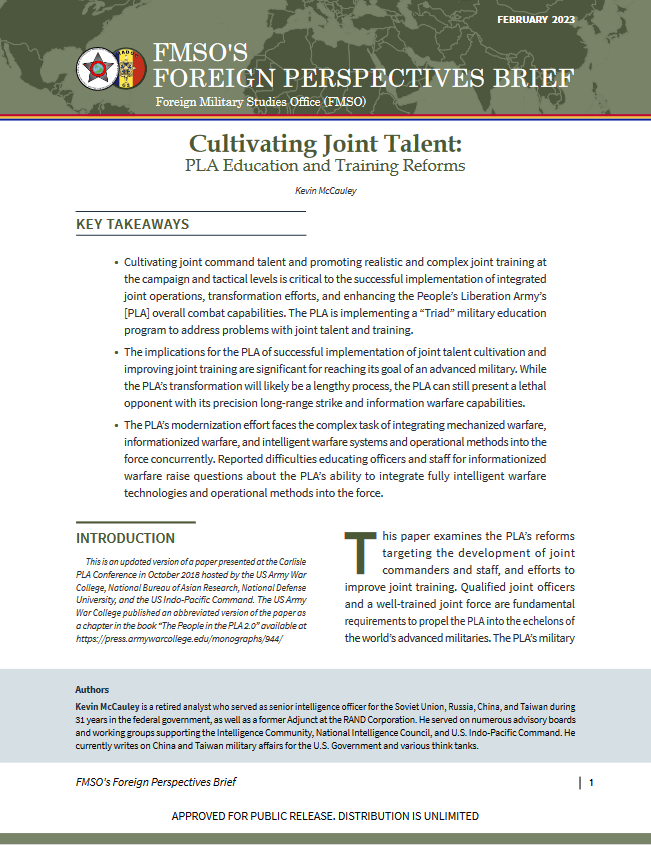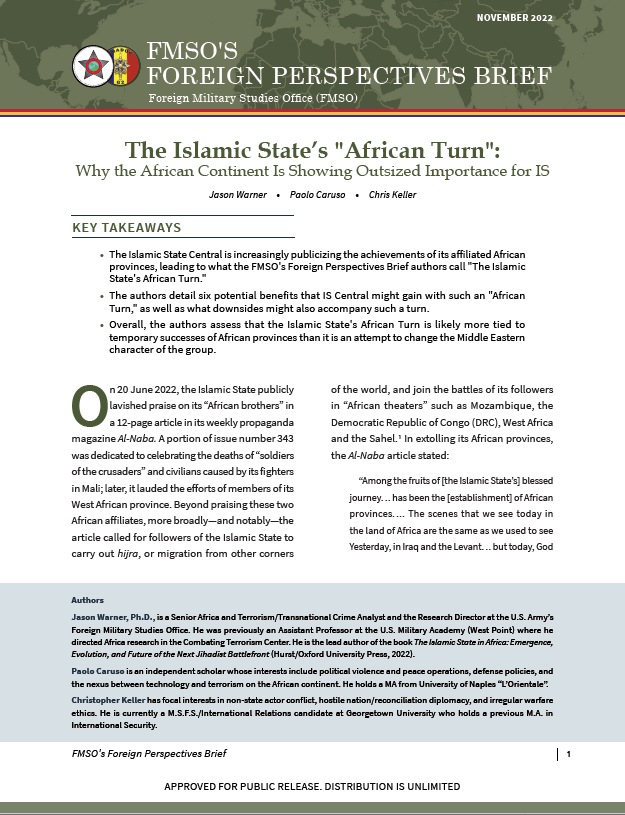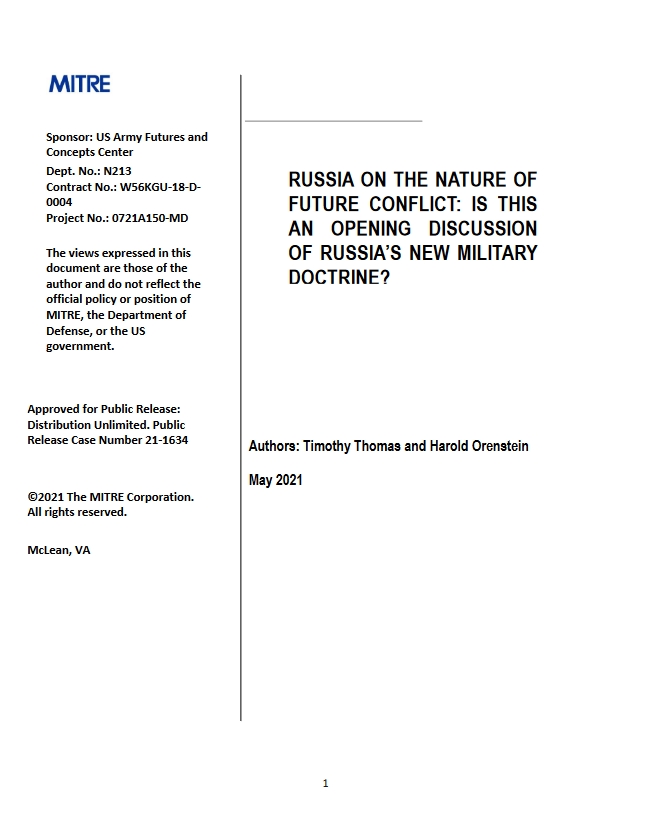(Click image to download brief.)
Key Takeaways:
- Three de facto strategic coalitions dominate the contemporary Middle East geopolitical landscape: the Iranian-led “Axis of Resistance,” the Turkish-led “Political Islam Coalition,”
and the U.S.-led “Arab Normalization” Coalition, anchored by Egypt and Saudi Arabia. Hamas fits uneasily between the Axis of Resistance and Political Islam Coalitions, receiving
tepid support from both but fully trusted by neither. The Arab Normalization Coalition does not support Hamas. - Members of the three de facto strategic coalitions responded differently to Hamas’ 7 October attacks and their aftermath: “Axis of Resistance” members contributed calculated, largely symbolic military support; the Political Islam Coalition supported Hamas in media and diplomacy; and the Arab Normalization Coalition sought to maintain a neutral distance from the war in Gaza.
- Prior to 7 October, the Middle East was in the midst of a new era of regional détente, in which members of the different de facto strategic coalitions were re-engaging and de-escalating their conflicts. The War in Gaza shifted the regional strategic calculus in ways that are not yet clear. Three scenarios are presented for how these changes may occur, and how China and Russia may seek to benefit from them. The first scenario involves increased Turkish-Iranian policy convergence, the second a deepening of Turkish-Egyptian relations, and the third a “grand bargain” that includes Saudi Arabia, Iran and Turkey. Russia is more likely to benefit from the first two scenarios, while China is likely to benefit most from the third.

